A few last holiday tomatoes, mementos of Italy, perhaps better say mementomatoes. This final harvest comes from Massa Marittima and Orvieto and the Abbey of Monte Oliveto.
The ‘badlands’ of the Crete Senesi, the Siennese clay hills north of the Val d’Orcia.
A plinth for a statue of Saint Bernardo Tolomei, founder of the Abbey of Monte Oliveto.
In the pharmacy of spice vases, alembics and spiritual distillations.
Maestà: Maestro di Monteoliveto
※
A stone carver’s studio in Orvieto.
The Duomo of Orvieto with armed guard.
The Swiss art historian Jacob Burckhardt proclaimed Orvieto’s Duomo “the greatest and richest polychrome monument in the world”; Pope Leo XIII called it the “Golden Lily of Italian cathedrals”, adding that on the Day of Judgement it would float to heaven carried by its own beauty… The facade of the Duomo is just the right side of overkill: a delicate riot of columns, spires, bas-reliefs, sculptures, dazzling colour, colossal doorways and hundreds of capricious details held together by four enormous fluted pillars. Many have compared it to a painted triptych in an elaborate frame.
Rough Guide to Tuscany & Umbria
Creation Tree
Windows glazed with alabaster
The Last Judgement: Luca Signorelli
At first, little save the colossal scale grabs your attention in the Duomo’s interior, but in the right transept – the Capella di San Brizio – are Luca Signorelli’s superlative paintings of the Last Judgement (1499-1504), one of Italy’s great fresco cycles and one that had a profound influence on Michelangelo’s version in the Sistine Chapel, painted forty years later.
Rough Guide to Tuscany & Umbria
Virgin of Mercy (Madonna dei Raccomandati): Lippo Memmi
The stones of Orvieto in alternate layers of white travertine and blue-grey basalt.
The view from the city wall and the way back home.
※
The beautiful small town of Massa Marittima… is divided into two distinct parts, the Città Vecchia around the cathedral, and the Città Nuova on a hill above… The main square in the Città Vecchia is Piazza del Duomo. Memorably triangular in shape, it presents beautiful and varied views in all directions. The duomo was begun in the early 13th century and is magnificently positioned at an angle above an irregular flight of steps with the north side creating a monumental perspective, counterbalanced by the bishop’s palace and the towering campanile at the centre.
Bas-reliefs above the main doorway in a single marble block, probably by a 12th-century Pisan sculptor, illustrate stories from the life of St Cerbonius (to whom the duomo is dedicated): the saint is miraculously saved from shipwreck; he is thrown into the bears’ den; he performs a miracle with two deer; he presents the pope with a flock of geese; and he celebrates Mass in the papal presence.
The altar rests on the shells of two tortoises. St Cerbonius, like St Francis, had a way with animals.
The upper Città Nuova, “new” town, is generally Gothic in appearance and was built largely as a residential centre. An immensely steep and picturesque lane, Via Moncini, connects the old town with the new, passing through an archway, Porte alle Silici, while side alleys along the way reveal gardens and good views. Via Moncini terminates at Piazza Matteotti, with its fourteenth-century tower, Torre del Candeliere, rendered dramatic by its adjoining arch, resembling a flying buttress.
Rough Guide to Tuscany & Umbria
The town is divided into two distinct parts, the Città Vecchia around the cathedral, and the Città Nuova on the hill above. Both districts were enclosed in the 13th-century circuit of walls, the extent of which reflects the prosperity of the medieval town prior to Sienese dominion in 1335. The two districts were then divided by the Sienese, who erected an immense fortified wall which incorporated Porte alle Silici.
Then as we were leaving, we discovered the Fonte dell’Abbondanza and its magical painted tree.
The Spring of Abundance & The Tree of Fecundity
The fresco within the porch containing the fountain in Piazza Mazzini will surprise even the most blasé hunters after the curious and bizarre. Painted in 1265 – the same year in which the fountain came into use – it depicts a tree bearing heavy fruit which, upon close inspection, turns out to be penises. The women standing beneath the laden branches are busy plucking the fruit and placing them in their baskets. Clearly allegorical in intention, this fresco is nevertheless very forthright in its realism – and demonstrates that religious subjects were not the only thing which attracted 13th-century artists.
The fresco was only recently rediscovered after having lain for years “protected” by the thick layer of lime scale deposited by the water from the fountain – in fact, it had been effectively protected not only from the elements but also from the narrow-mindedness of those who would have been quick to censure such unorthodox work. Paradoxically, the removal of the lime scale damaged the fresco, so now the restoration has had to be reassessed by the Officio delle Pietri Dure in Florence. Hence the delay in the conclusion of work which, according to original estimates, should have been completed in 2005.
The name “Fountain of Abundance” does not allude to the copious flow of water but to the fact that the space above the arcade was given over to the storage of grain for use during periods of famine.
※
Further adventures in Tuscany
A Walk Along The Promenade / A Walk Along The Walls / A Walk Around The Village
Another Look At Lucca / Florence At First Sight / Quercione
Barga & Beyond / Another Look At Florence / Forte Di Belvedere
Montefegatesi / San Gimignano / Candalla
Walk To San Gimignano / Mementi / Underneath The Arches
In Pienza / Pieve Di Corsignano / In Arezzo
Casa Museo Ivan Bruschi / San Quirico d’Orcia / Quercione Delle Checche
Bagno Vignoni / San Galgano / Walking To Montepulciano
Montepulciano / Walking Back To Montefollonico / The Century Ilex Trail
Roselle & Saturnia / Sovana & Pitigliano / Mio Pomodori (1)









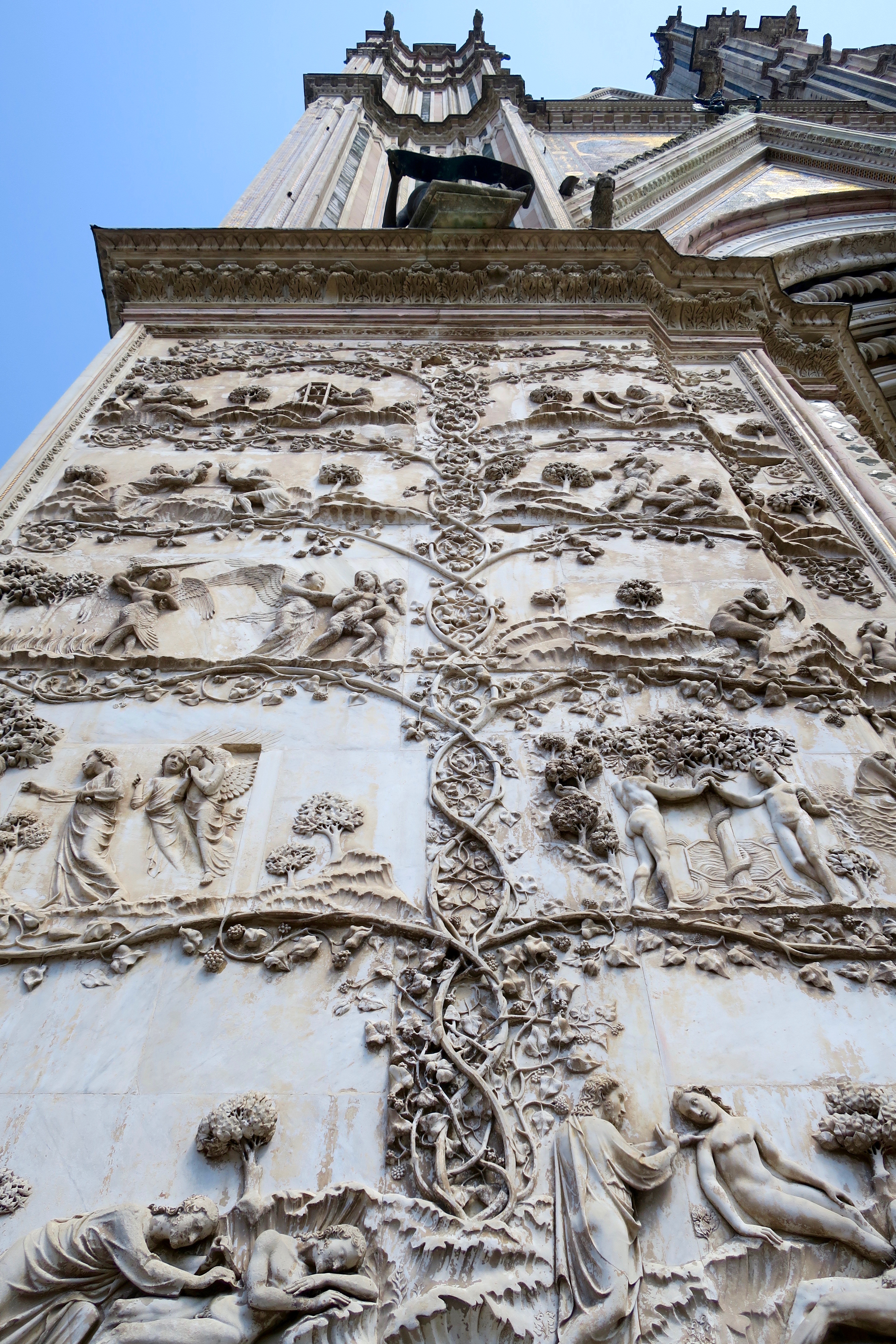
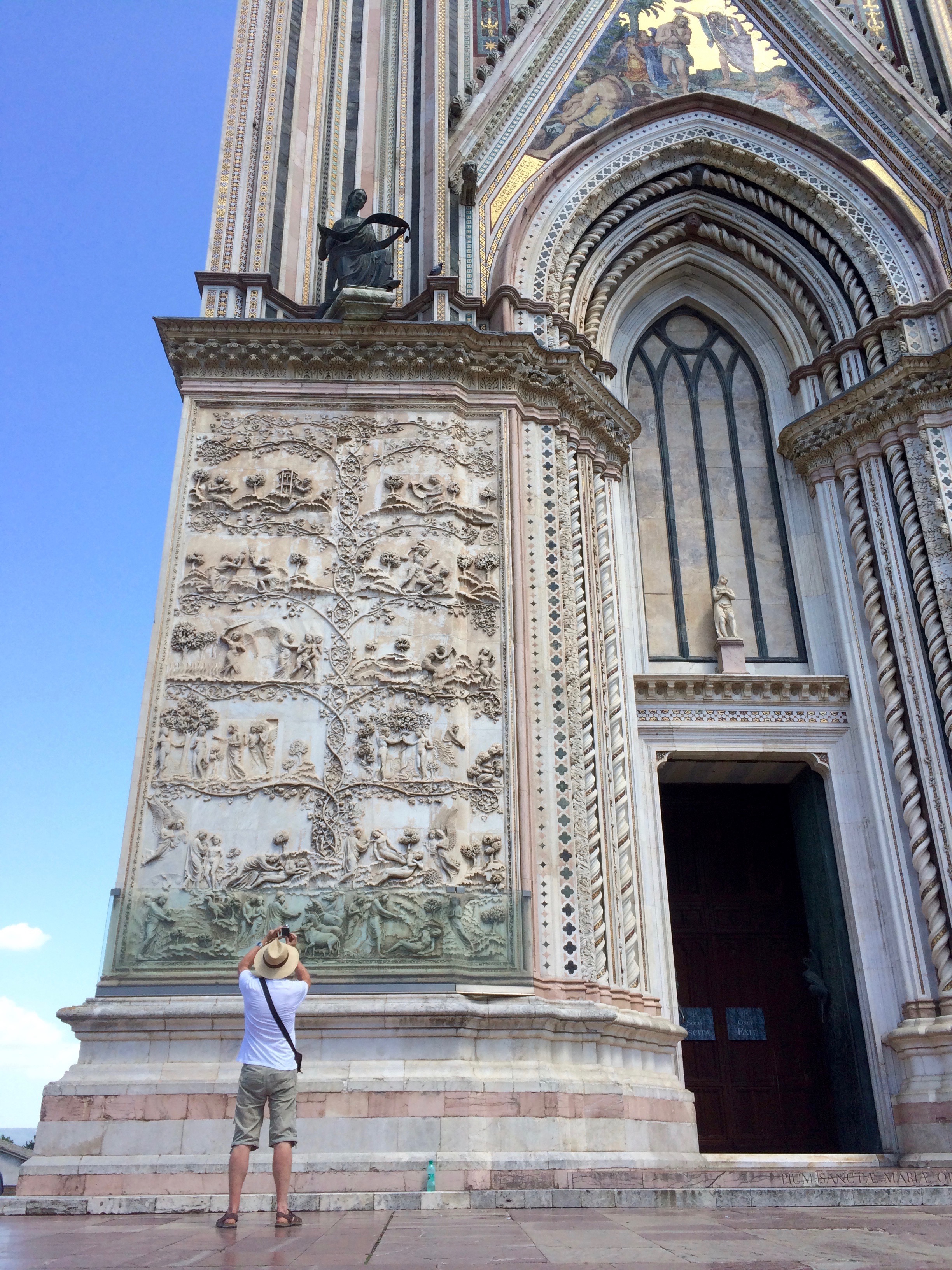



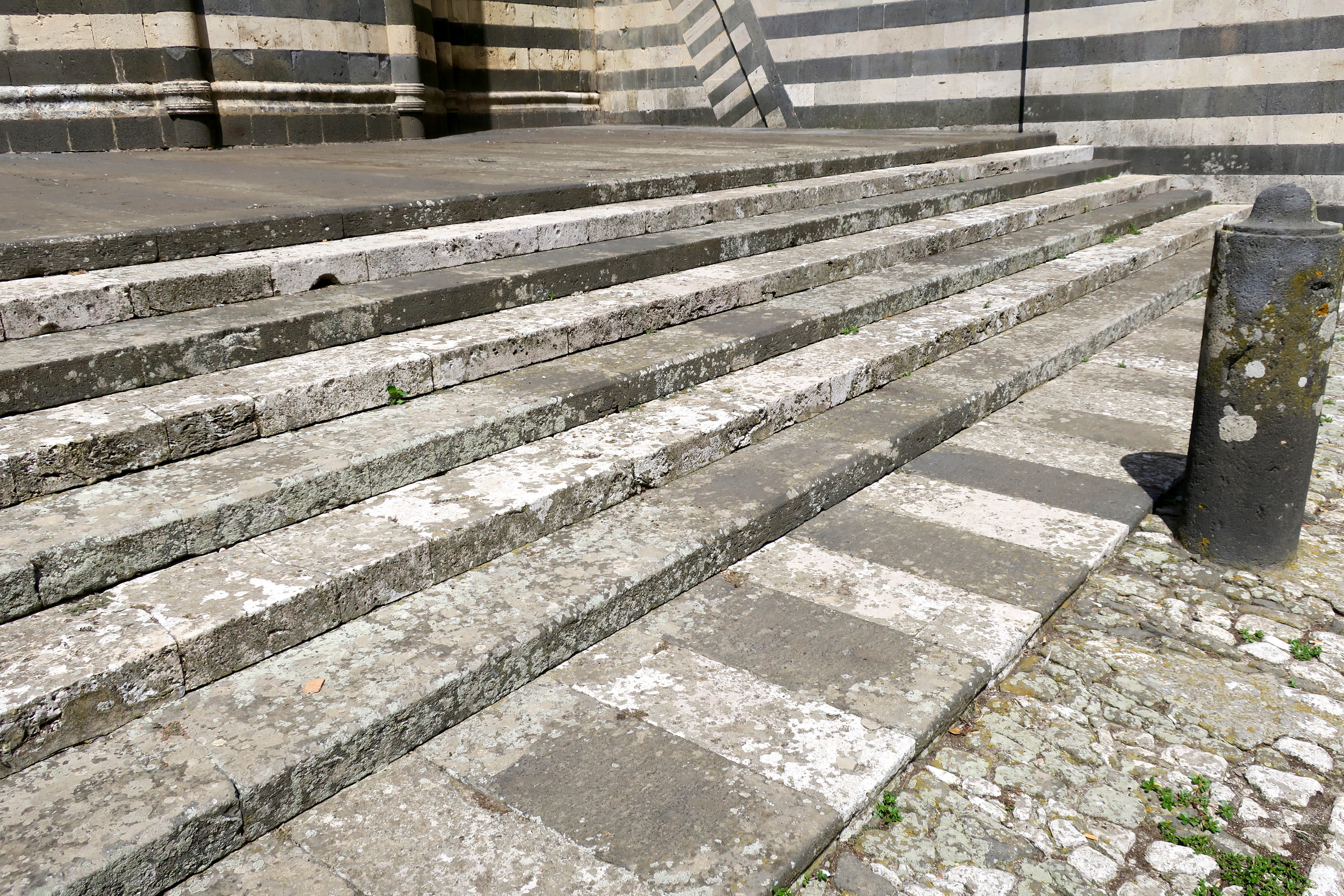
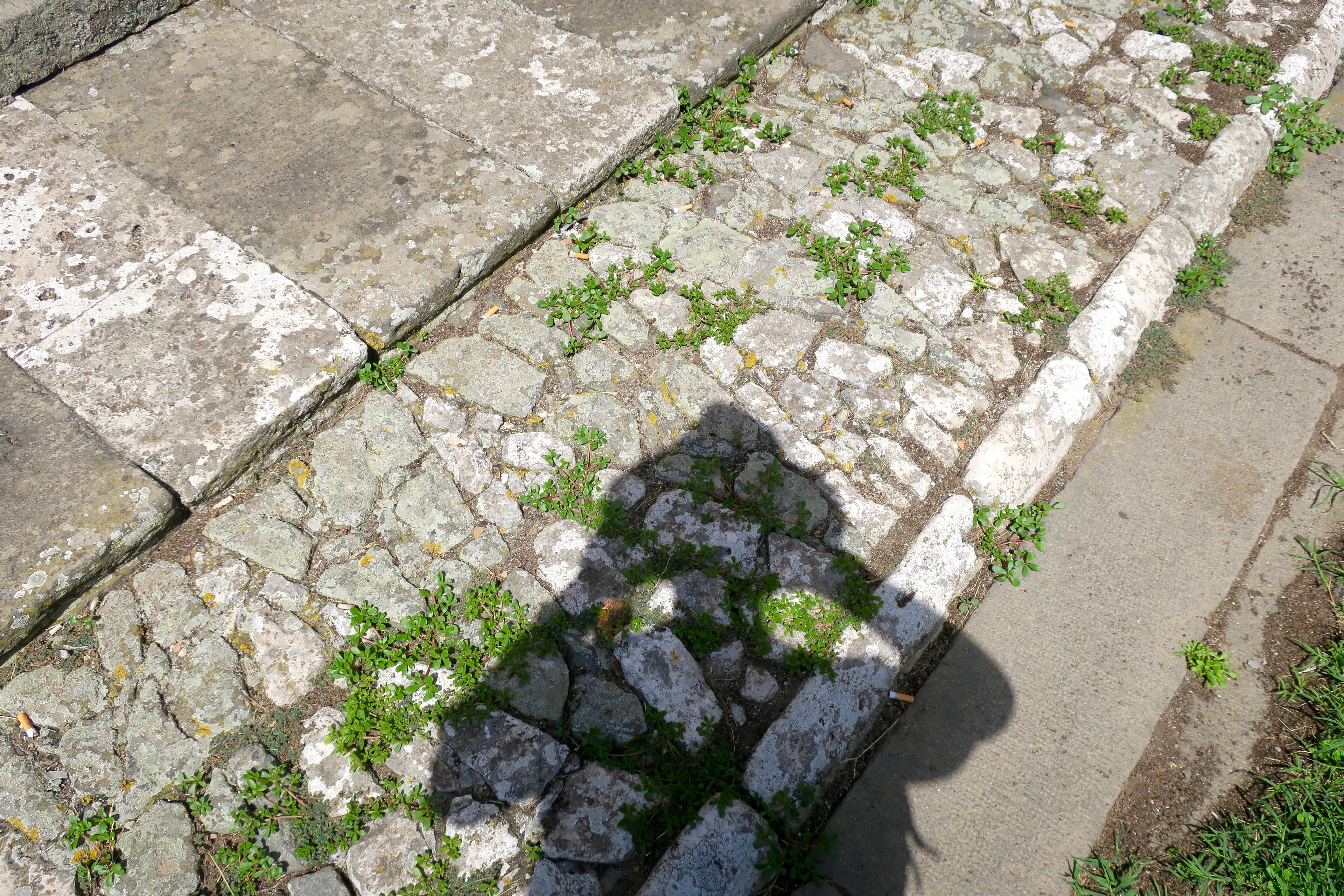






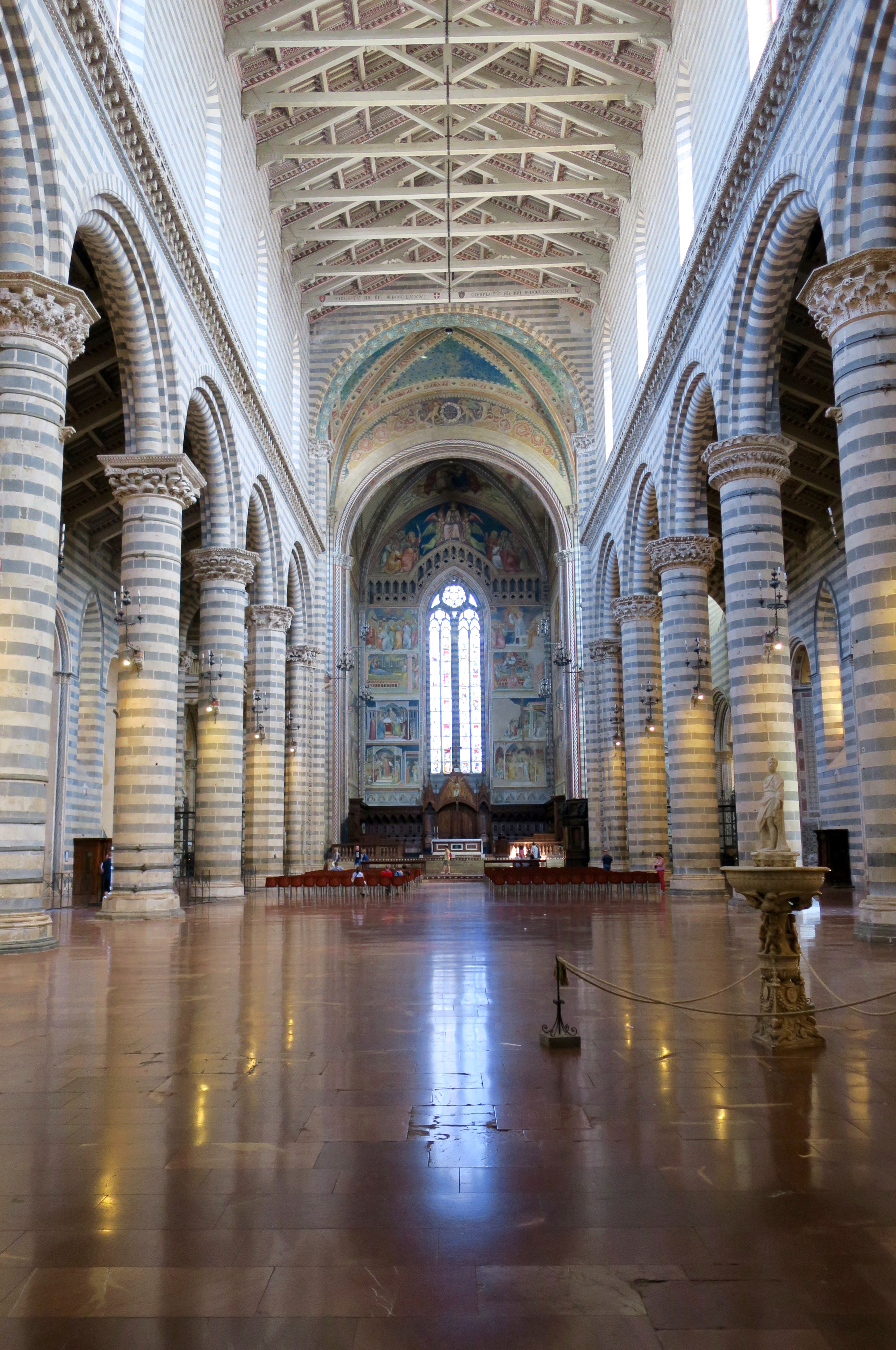










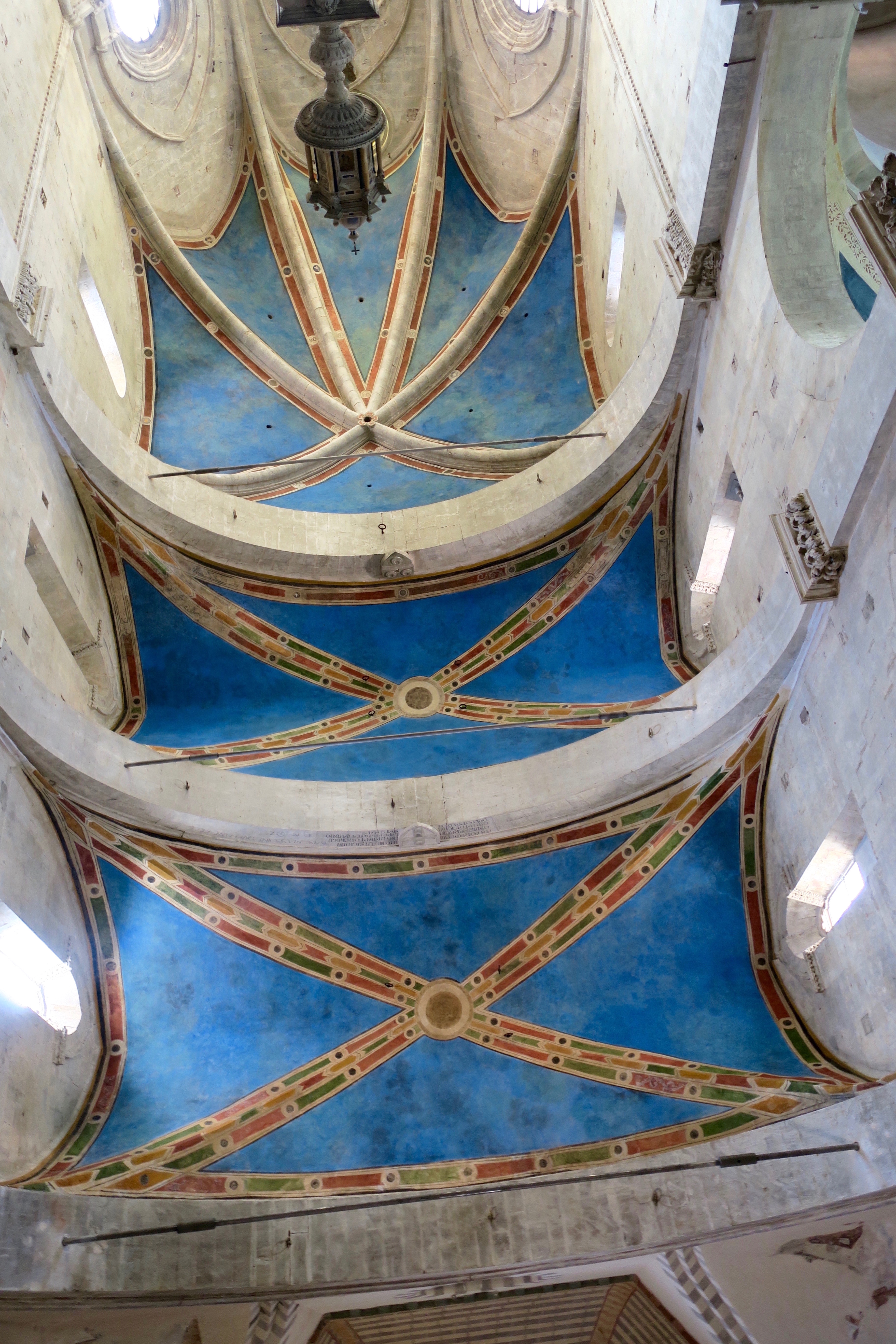
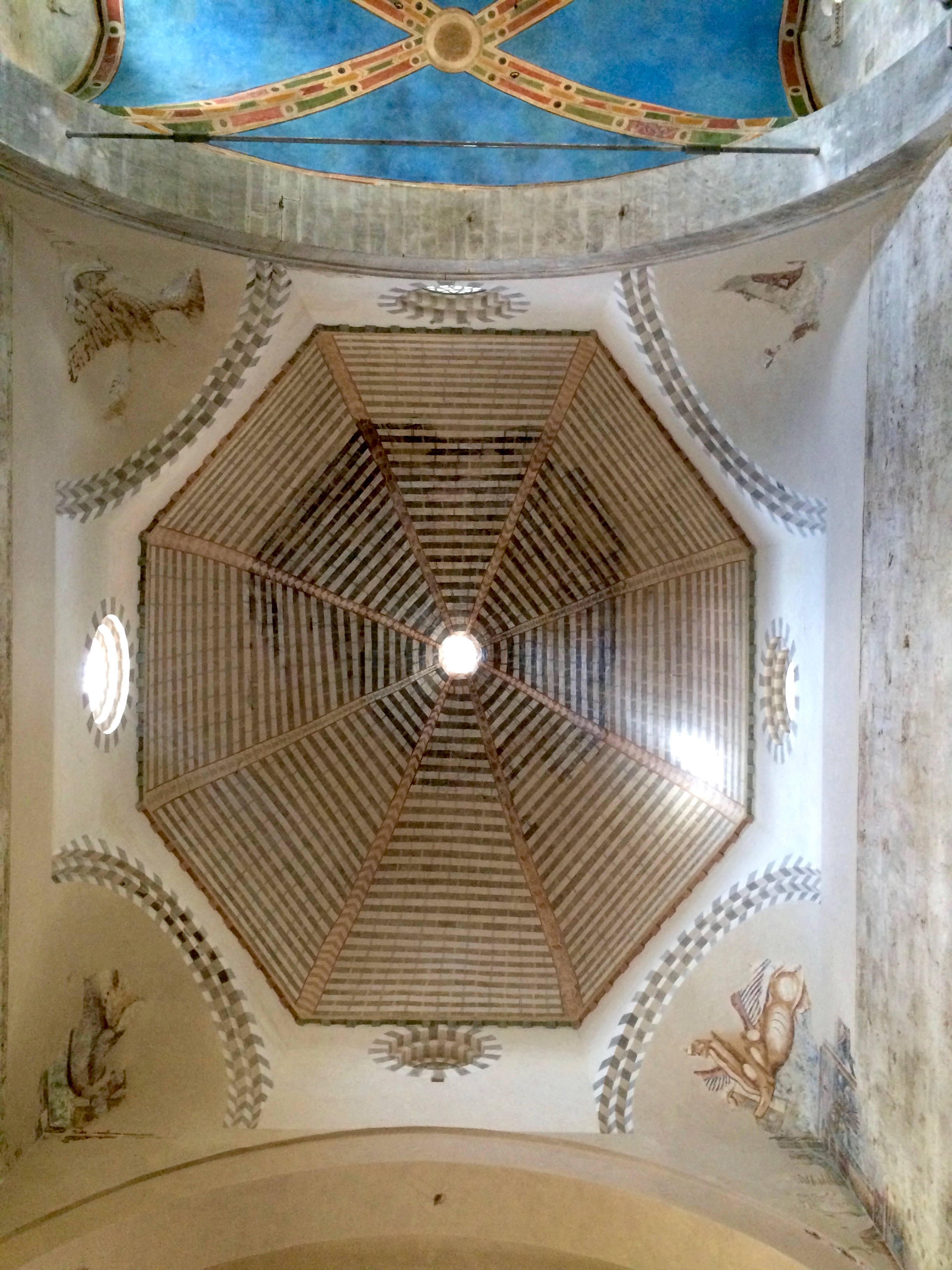




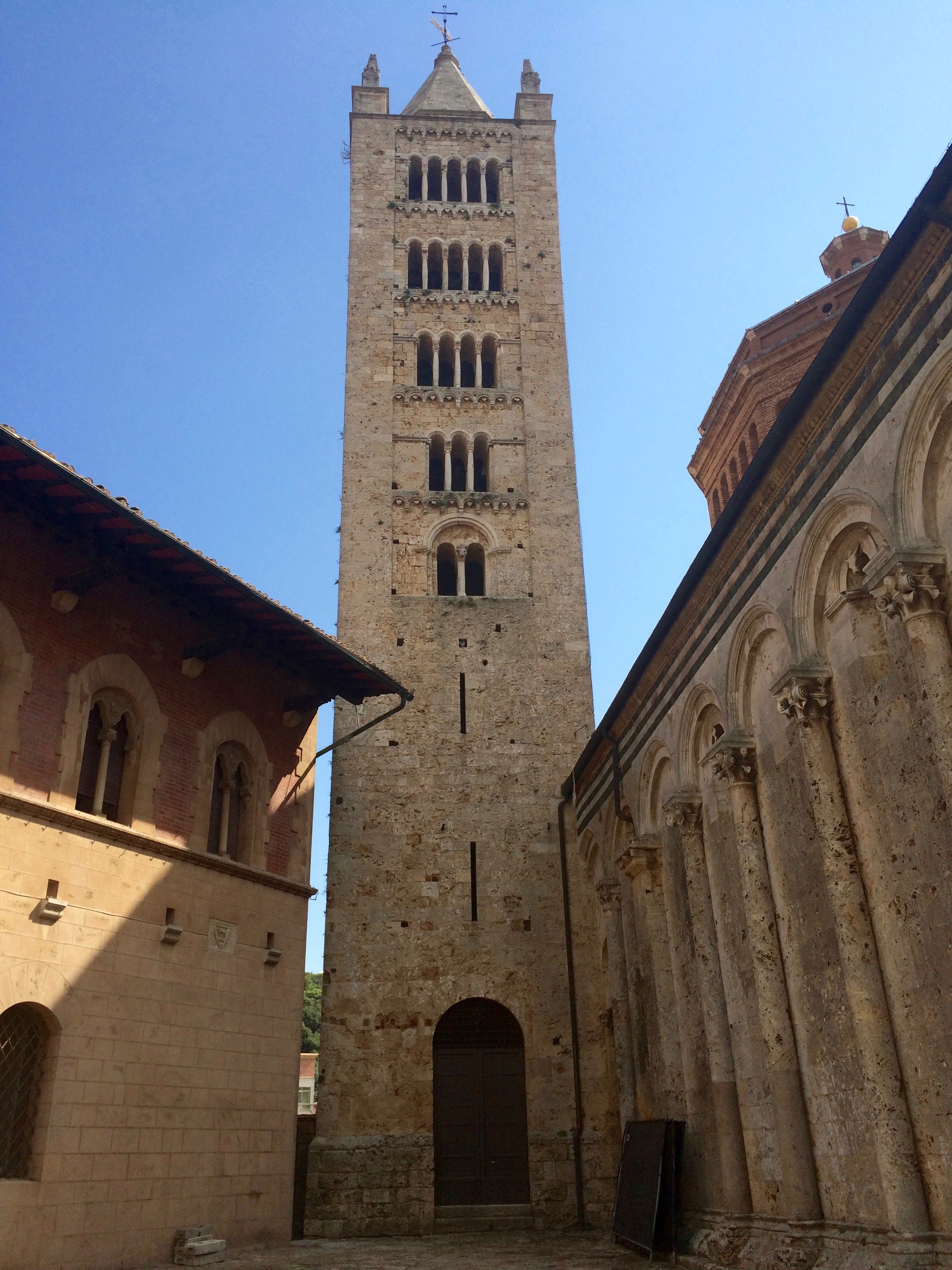







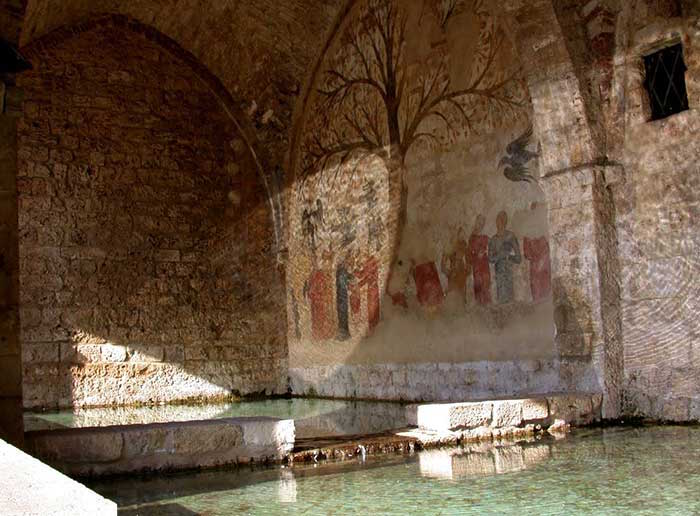
Magnificent! Thanks for the guide to further adventures in Tuscany. Have you thought about putting together your blogs from Tuscany and elsewhere in Italy into a book? If not, you should! You have an insightful and entertaining way of looking, photographing and commenting about what you encounter. If not a book in print, an e-book with various connections to other sights.
Thanks for the kind words Hank. I’m glad you’re enjoying the blog.